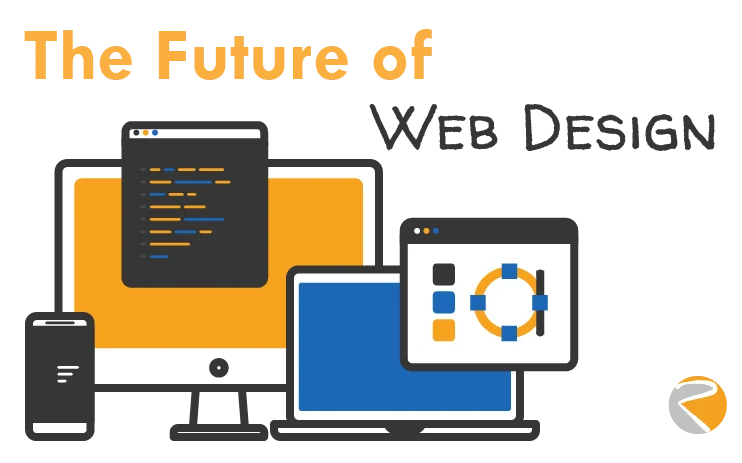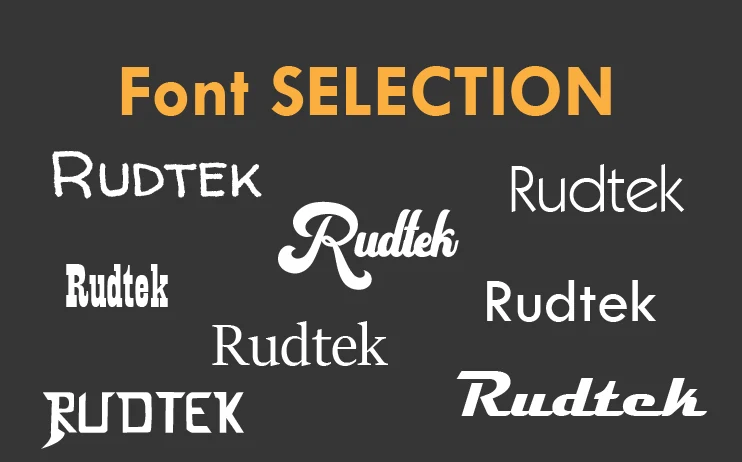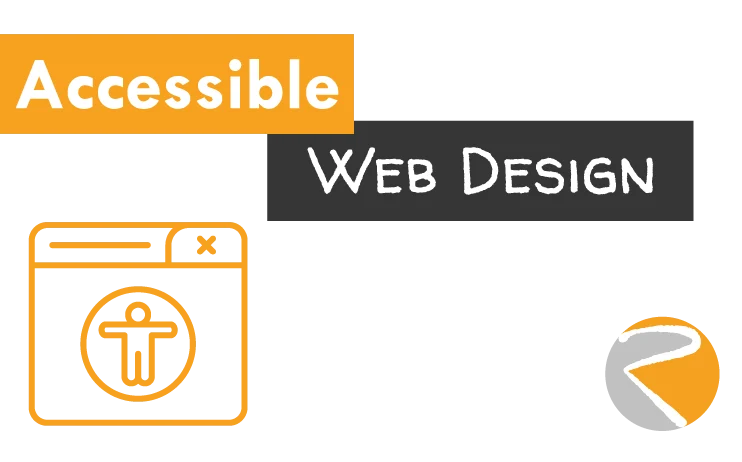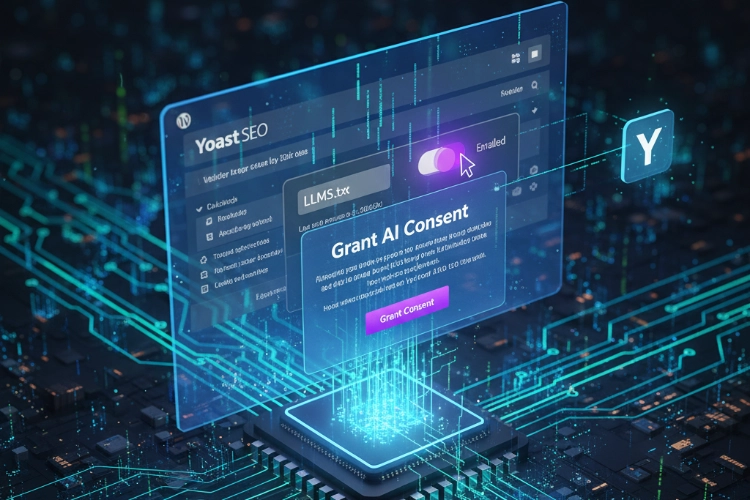The world of web design is constantly evolving. New technologies, changing user expectations, and innovative design approaches are shaping the future web design. Staying ahead of these trends is crucial for creating websites that are not only visually appealing but also functional, engaging, and future-proof. Let’s explore some of the emerging trends that will define the future of web design.
Key Trends Shaping the Future of Web Design
- Artificial Intelligence (AI): AI is rapidly transforming web design. From AI-powered design tools to personalized user experiences, AI is becoming increasingly integrated into the web design process.
- Immersive Experiences: Virtual reality (VR) and augmented reality (AR) are creating new opportunities for immersive web experiences. These technologies are blurring the lines between the physical and digital worlds, offering users more engaging and interactive ways to interact with websites.
- Interactive Design: Websites are becoming more interactive and dynamic. Micro-interactions, animations, and other interactive elements are being used to enhance user engagement and create a more personalized experience.
- Accessibility: Accessibility is becoming increasingly important in web design. Designers are focusing on creating websites that are usable by everyone, including people with disabilities.
- Sustainability: Sustainable web design is gaining traction as designers become more aware of the environmental impact of websites. This includes optimizing website performance, reducing energy consumption, and using eco-friendly design practices.
- Personalization: Websites are becoming more personalized, tailoring the content and experience to individual users based on their preferences and behavior.
- Voice Search Optimization: With the rise of voice assistants, optimizing websites for voice search is becoming increasingly important.
- Mobile-First Approach: Mobile browsing continues to dominate, making a mobile-first approach essential for web design. Websites must be responsive and provide a seamless experience on all devices.
- Dark Mode: Dark mode is becoming increasingly popular, offering a more comfortable browsing experience in low-light conditions.
- Minimalism: Minimalist design continues to be a popular trend, emphasizing clean layouts, simple typography, and ample whitespace.
Emerging Web Technologies
- WebAssembly: WebAssembly is a new technology that allows developers to run code written in various programming languages in the browser. This can significantly improve website performance and enable more complex web applications.
- Progressive Web Apps (PWAs): PWAs are web applications that offer a native app-like experience. They can be installed on mobile devices and offer features such as offline access and push notifications.
- Serverless Architecture: Serverless architecture allows developers to build and deploy web applications without managing servers. This can reduce development costs and improve scalability.
- Blockchain: Blockchain technology is being used to create decentralized web applications and enhance website security.
The Role of Designers in the Future
As web design continues to evolve, designers will need to adapt and acquire new skills. They will need to be proficient in emerging technologies, understand user behavior, and create designs that are both visually appealing and functional. Designers will also play a key role in shaping the future of the web by advocating for accessibility, sustainability, and ethical design practices.
What’s Next?
The future of web design is full of exciting possibilities. By staying informed about emerging trends and technologies, designers can create innovative and impactful web experiences. What trends are you most excited about? Share your thoughts and predictions in the comments below! At Rudtek, we are passionate about the future of web design. Contact us today to learn more about our web design services!






